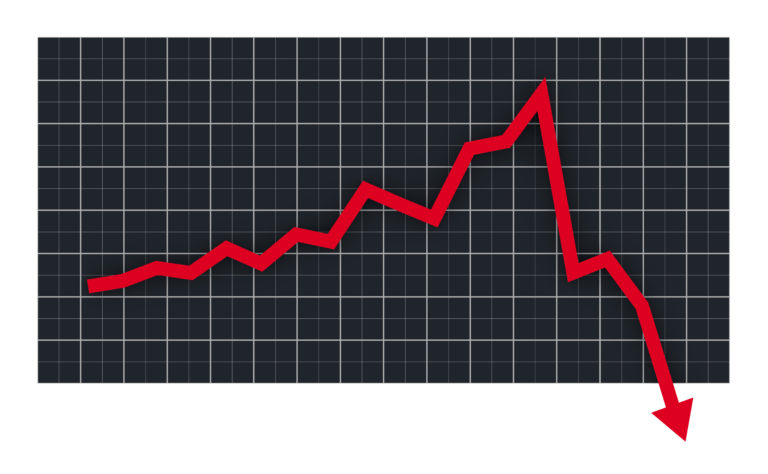The good news is, the recent volatility market slowed down this week. The bad news? It ended with four consecutive losing days! Concerns over an impending interest rate hike plus worries over the strength of the U.S. dollar sent the Dow and S&P down by more than 2% this week…
Monday stocks traded higher most of the day, as oil prices stabilized and the fallout softened from the previous week’s Federal Reserve statement. However, late in the day a brief selloff turned the Dow negative. This marked the ninth consecutive day of both the Dow and S&P alternating between gains and losses! For the day, the Dow dropped 11 points.
Tuesday the markets ended the up-and-down trend—with a second straight day of losses. Despite positive data on new homes sales, investors continued the previous day’s selling. Most experts blamed the results on continued fears over an impending interest rate hike. The Dow dropped 101 points.
Wednesday saw the downturn continue, as the Dow was down almost 200 points by noon. Experts blamed this on continued interest rate concerns, plus fears over how the stronger U.S. dollar would impact the upcoming 1st-quarter earnings season. February durable goods orders disappointed investors by dropping 1.4 percent. For the day, the Dow fell 292 points, and stocks fell back into negative numbers for 2015.
Thursday saw the losing streak continue, despite an uptick in oil prices. A new geopolitical concern emerged, with Saudi Arabia moving forces into the nearby nation of Yemen. Intraday volatility saw stocks drop sharply, then turn slightly positive before falling into the red once more. For the day the Dow dropped 40 points.
Friday the market struggled to salvage one positive day for the week, as stocks stayed close to even for most of the session. Data was mixed, with 4th quarter GDP remaining steady, but consumer confidence dropping slightly. By the end of the day, the Dow was up by 34 points.


















